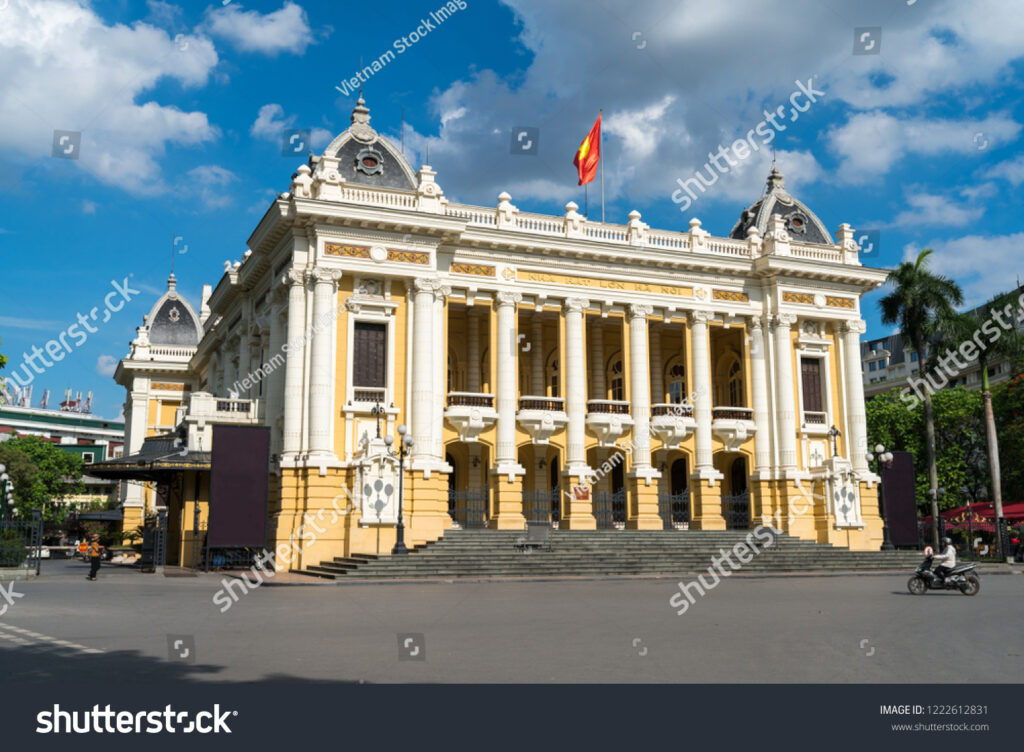Hanoi Opera House: A Symbol of French Colonialism in Vietnam
The Hanoi Opera House is an iconic symbol of French colonialism in Vietnam. Built in 1911, the opera house has become a major attraction in Hanoi and a reminder of the city’s long history. Located in the heart of Hanoi’s Old Quarter, the building is a stunning example of French architecture and has been the scene of many important political and cultural events over the years.
History of Hanoi Opera House
The Hanoi Opera House was designed by the French architect Eugène Ferret in the late 19th century and completed in 1911. It is modeled after the Palais Garnier, the Paris opera house. The building was originally part of the Hanoi Citadel, a complex of fortifications built by the French during their occupation of Vietnam. During this period, the opera house served as a center of French culture and entertainment in the city.
During the Vietnam War, the opera house was used as a military base by the North Vietnamese Army. It was damaged by bombs during the conflict and suffered further damage during the subsequent reconstruction process. In the 1990s, the building was restored to its original state and reopened to the public as a cultural center.
Architecture of Hanoi Opera House
The Hanoi Opera House is a magnificent example of French colonial architecture. The building has a neoclassical style, with a symmetrical façade and a grand marble staircase leading up to the front entrance. Inside, the auditorium can accommodate up to 1,000 people and is decorated with marble, wood, and gilded details.
The building also houses a number of smaller rooms and galleries, including the Grand Salon, which was used for receptions and concerts during the colonial period. The Grand Salon is decorated with frescoes, sculptures, and murals, and is still used today for concerts and other events.
Visiting the Hanoi Opera House
Today, the Hanoi Opera House is a popular tourist attraction in the city. Visitors can take guided tours of the building, including the Grand Salon, and see performances of traditional and modern Vietnamese music and theater. The building is also home to the Hanoi State Symphony Orchestra, which performs regularly throughout the year.
The Hanoi Opera House is located in the heart of the city and is easy to reach on foot or by car. The building is open to the public every day except Tuesdays, and tickets to performances can be bought in advance online or at the box office.
Conclusion
The Hanoi Opera House is a stunning example of French colonial architecture and a reminder of the city’s long and complex history. It is an iconic symbol of Hanoi and a popular tourist attraction, offering visitors the chance to experience traditional and modern performances in a beautiful and historic building.

